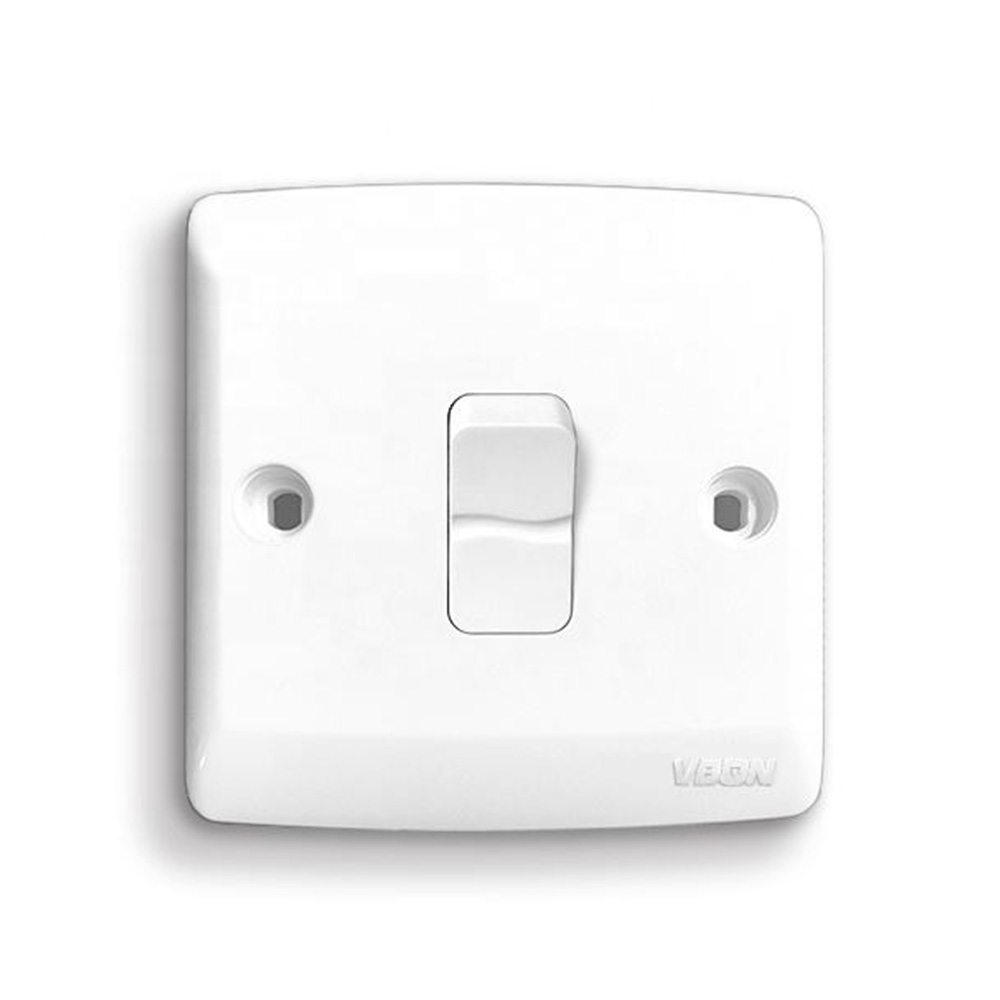How long can you trust the quiet click of an electrical wall switch before it becomes a hidden hazard? many homeowners never think about the tiny plastic toggle that powers everything from chandeliers to ceiling fans, yet its internal components age just like any other mechanical device. Industry data collected by the National Electrical Manufacturers Association (NEMA) shows that standard residential-grade switches are engineered for about 50,000 on-off cycles, while commercial-spec models reach 100,000. Translating cycles into years depends on daily use: a bedroom light flipped twice a day will hit 50,000 cycles after roughly 68 years, whereas a kitchen switch used twenty times daily will reach the same threshold in barely seven. These numbers provide a starting point, but heat, humidity, overload, and manufacturing tolerances can shorten the effective lifespan dramatically, so calendar age alone is not a reliable guide.
Recognizing the early symptoms of a dying switch is far more valuable than memorizing statistics. The red flag is warmth. Underwriters Laboratories (UL) standards permit a temperature rise of up to 30 °C above ambient at the faceplate, yet anything noticeably warm to the touch indicates loose contacts or an overloaded circuit. Second, listen for buzzing, crackling, or sizzling sounds that suggest arcing inside the mechanism. Third, observe intermittent flickering lights that persist after bulb replacement; the fault usually lies in pitted or corroded contacts rather than the fixture itself. Fourth, stiffness, looseness, or a gritty feeling when toggling the lever points to worn springs or accumulated dust. Finally, any discoloration—yellowing plastic, scorch marks, or melted edges—should trigger immediate replacement regardless of the switch’s chronological age.

Neglecting these warnings can escalate from minor annoyance to serious danger. According to the U.S. Fire Administration, electrical distribution equipment accounts for roughly 13 percent of residential fires each year, and failed switches or outlets are common ignition sources. Arcing contacts can create sparks hot enough to ignite dust, insulation, or even the wooden structural members behind the wall. Moreover, intermittent arcing generates carbon buildup that increases resistance, causing more heat in a destructive feedback loop. Insurance investigators often cite “pre-existing electrical failure” as grounds for denying claims when homeowners postpone simple switch replacements.
Replacing a switch is among the quickest DIY electrical jobs—if done correctly. Begin by turning off the breaker, not just the wall switch, and confirm zero voltage with a non-contact tester. Photograph the existing wiring before loosening screws; modern single-pole switches have two hot wires plus ground, while three-way circuits add a traveler that must land on the correct screw. If the box contains aluminum wiring, use CO/ALR-rated devices or consult a licensed electrician. After installing the new switch, gently fold wires back into the box without sharp bends, secure the yoke screws evenly, and test both toggle action and screw-terminal tightness. If the switch controls high-wattage loads such as a 1,500-watt heater, consider upgrading to a spec-grade 20-amp device with back-wire clamps for better contact pressure.
Smart switches introduce additional longevity considerations. Their internal relays and Wi-Fi radios generate extra heat, so manufacturers typically derate cycle life to 25,000–40,000 operations. Firmware updates can extend functional life by optimizing relay timing and reducing arcing, yet software obsolescence may render the switch unusable long before its mechanical contacts wear out. When evaluating a smart replacement, look for models with UL 20A ratings, replaceable relays, and over-the-air update support.



 عربى
عربى